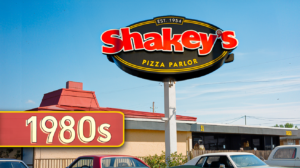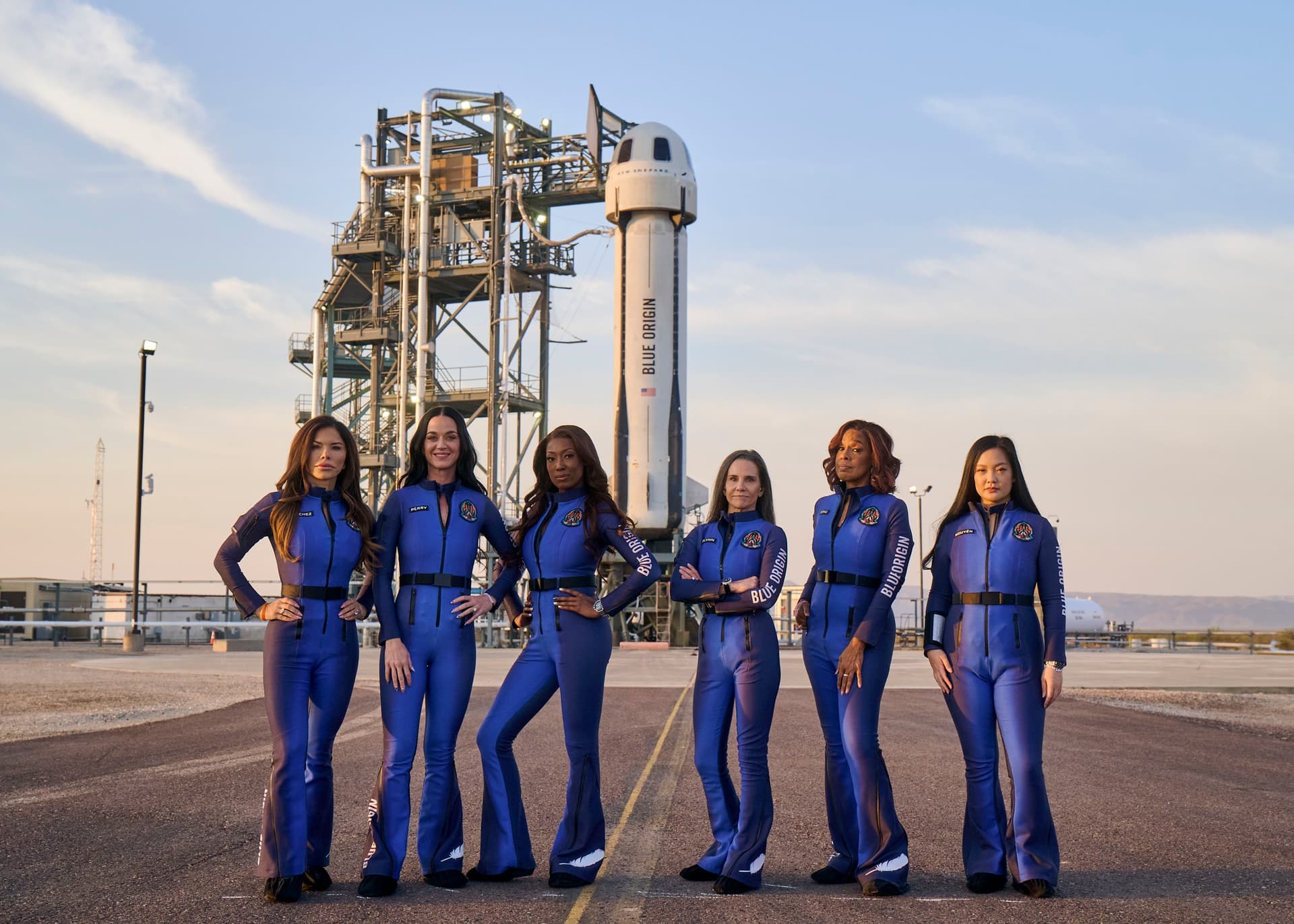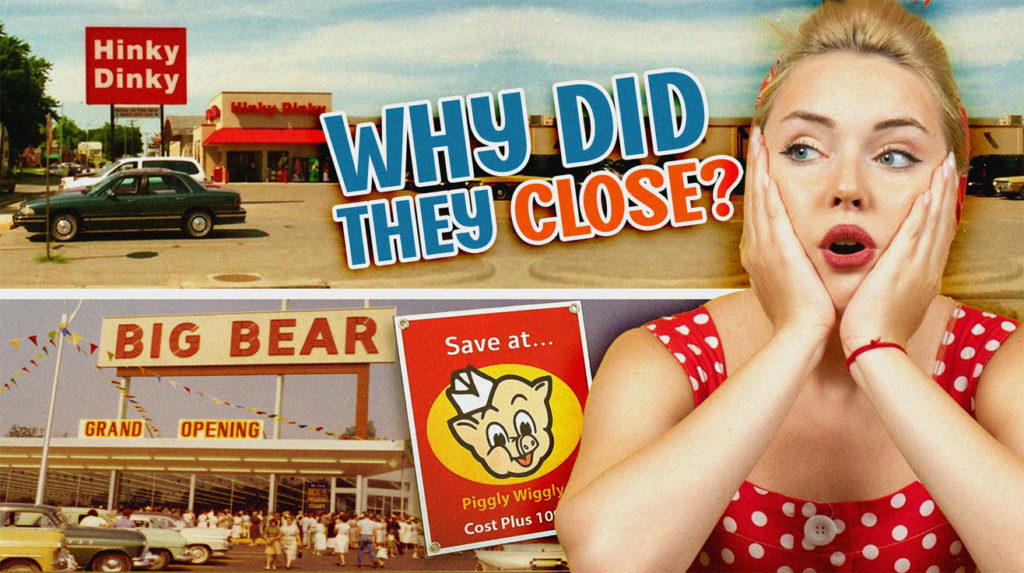
That smell of fresh bread. The squeak of cart wheels on linoleum. Those childhood grocery trips stick with you. These weren’t just stores selling food—they were community hubs where memories took shape.
Now they’re gone, and boy, does it leave a gap. Each chain added its own special touch to American life (kind of like that one weird spice that somehow makes the whole dish work). These iconic grocery brands shaped how we shop and eat to this day.
7. National Tea Company
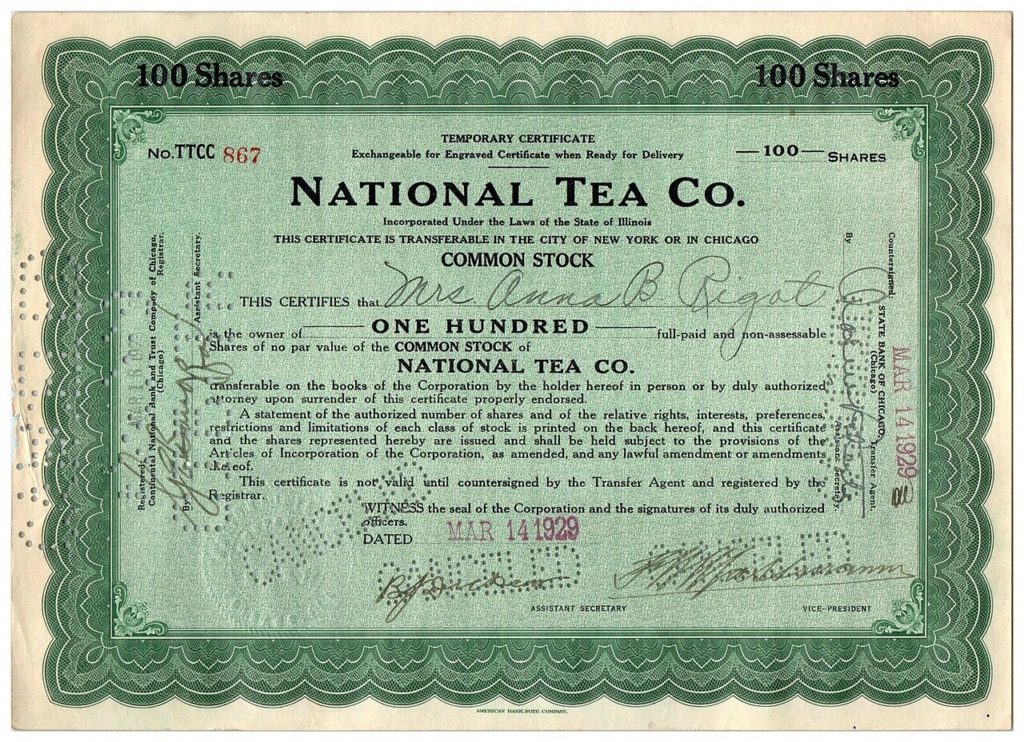
When national brands ate up family budgets, National Tea Company stepped in with affordable alternatives. Danish immigrants George and Thorvald Rasmussen launched this Chicago-based chain in 1899. Their plan? Quality groceries without wallet pain. It worked beautifully. By the 1920s, they’d spread across the Midwest with over 1,600 stores from Missouri to Minnesota.
Their house brands became neighborhood legends. These products cost less than fancy national brands but tasted just as good. Smart shoppers noticed. The company thrived until the Great Depression forced closures.
Loblaw Companies of Canada swooped in to buy National Tea in 1955. Despite hanging tough in the top ten grocery chains for decades, competitors eventually wore them down. By the late 1970s, the once-mighty chain had packed up shop in major markets like Chicago. Like many faded fast food chains, this grocery pioneer belongs to history now.
6. Big Bear

Tired of waiting for clerks to fetch your groceries? Big Bear’s revolutionary self-service model changed all that in 1933. This Columbus, Ohio pioneer flipped the grocery script as the Midwest’s first self-service supermarket. Opening day? A whopping 30,000 curious shoppers showed up. Talk about a grand opening!
They pioneered cashier-operated conveyor belts at checkout. Game-changer. In 1937, they added shopping carts too. Big Bear even ran its own farm near Columbus, bringing genuinely fresh produce straight to their shelves.
Shopping there was like finding yourself in a well-organized kitchen where everything makes sense—no more hunting down employees to grab items from behind counters. Their self-service approach gave customers freedom that shoppers today take completely for granted. Many modern supermarket innovations can trace their origins back to pioneers like Big Bear and their customer-first thinking.
5. Delchamps

Alfred Delchamps opened his namesake store in Mobile, Alabama, in 1921. The chain scored big as Alabama’s first air-conditioned grocery. Sweet relief! Anyone who’s experienced Southern summer humidity knows this wasn’t just a luxury—it was practically a public service.
By 1984, Delchamps launched a 24-hour Superstore to fend off Walmart’s growing shadow. Bold move. The retail landscape kept shifting anyway. Jitney Jungle bought Delchamps in 1997, starting the countdown clock on this regional favorite.
The early 2000s saw the Delchamps name vanish completely. Another one bites the dust. Customers still talk about their comfortable shopping experience and community focus—characteristics that seem increasingly rare in today’s retail world. (Remember when stores knew your name? Pepperidge Farm remembers.) Caught in the memories of Southern shoppers, Delchamps’ legacy of customer comfort lives on even as its stores have disappeared.
4. Bi-Lo
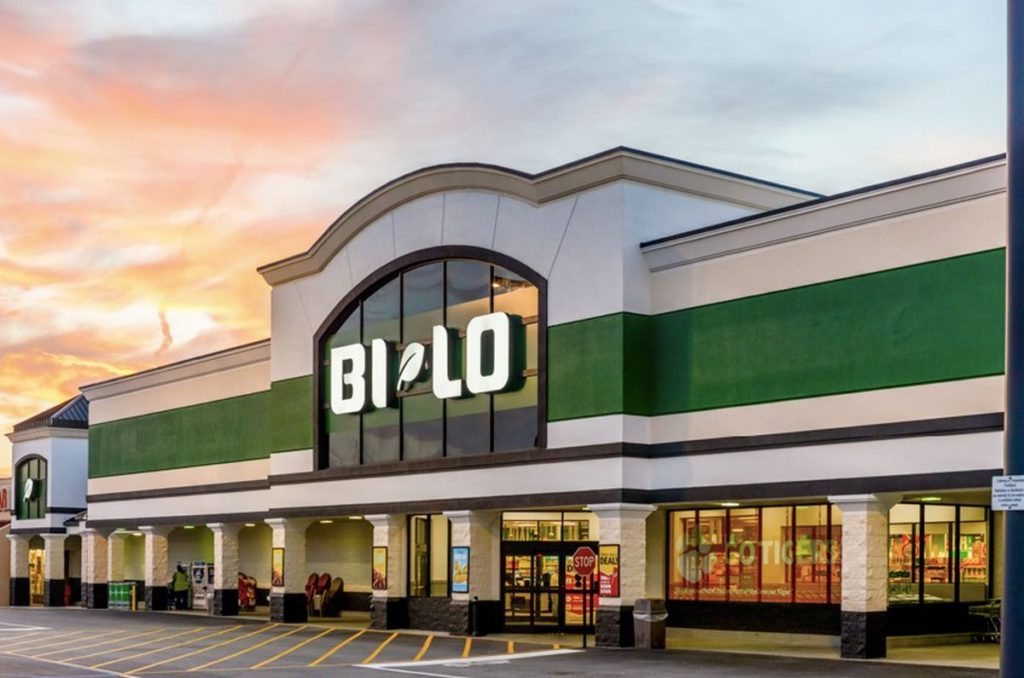
Frank Outlaw founded Bi-Lo in Greenville, South Carolina, in 1961. The name was straightforward. The business strategy? Pretty clever. Their PriceBeaters Club tracked purchases and offered personalized discounts decades before apps made this standard practice.
By the 1990s, Bi-Lo stores dotted the Southeast landscape by the hundreds. That red and blue logo meant something to local shoppers. It signaled value. Their prominence held strong into the early 2000s despite growing competition.
Southeastern Grocers dropped the hammer in 2020, announcing the retirement of the Bi-Lo name. By 2021, all locations had closed. Watching a favorite store disappear feels like that moment when the arcade you grew up with suddenly closes—the games might exist elsewhere, but it’s just not the same. Worried about finding personalized discounts? Today’s grocery apps adapted Bi-Lo’s pioneering loyalty approach, turning their innovation into an industry standard.
3. Waldbaum’s
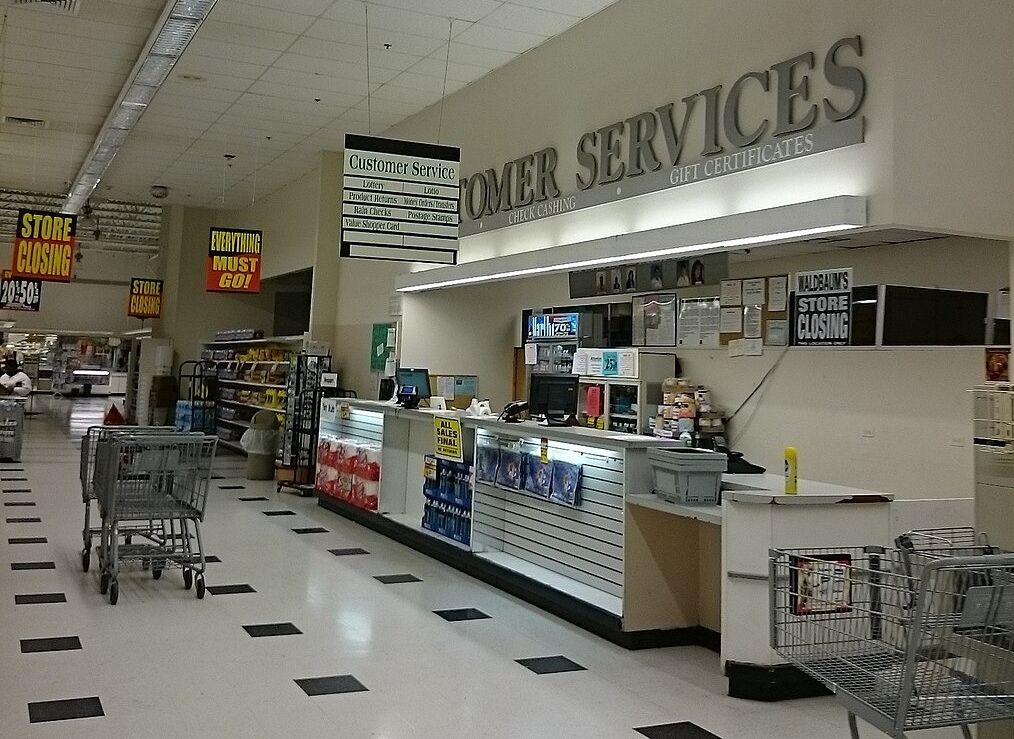
If you’re Jewish and lived in New York during the 20th century, Waldbaum’s wasn’t just a grocery store—it was a cultural institution. What started in 1904 as a humble Brooklyn butter-and-egg shop grew into a neighborhood necessity. Small beginnings, big impact. Julia Waldbaum eventually became the brand’s face, appearing on circulars and packaging. She wasn’t just marketing—she represented quality home cooking.
Their stores catered beautifully to local needs, especially in Jewish neighborhoods. The kosher selection was unmatched. During Passover, their special sections made holiday prep easier with everything from matzo to kosher-for-Passover cake mixes.
For many New Yorkers, Waldbaum’s wasn’t just a store—it was part of their cultural identity. Their attention to community needs built fierce loyalty. Shopping there felt like being at a neighborhood block party where someone had thoughtfully remembered everyone’s dietary preferences. Waldbaum’s kosher sections were significantly larger than competitors’, making holiday preparation easier for observant families.
2. Finast (First National Stores)

Finast stores were once a common sight throughout New England communities. First National Stores opened in Somerville, Massachusetts, in 1915. Later they shortened to “Finast”—catchy! Their strong New England presence made them a regional powerhouse for generations.
Reliability became their calling card. Shoppers knew exactly what they’d find at every location. No surprises. Their private-label products offered solid alternatives to national brands at better prices.
Corporate reshuffling hit in the 1970s when Loblaws Companies Limited acquired Finast. By the mid-1990s, most stores had been sold or rebranded. Sometimes good things don’t last—like finding the perfect parking spot at the grocery store only to realize you forgot your shopping list at home. If you’re nostalgic for that classic New England grocery experience, you’ll have to settle for stories, as Finast’s reliable presence is now just a regional memory.
1. Piggly Wiggly

The strange pig logo and quirky name disguised the fact that Piggly Wiggly literally invented modern grocery shopping as we know it. Clarence Saunders created this retail revolution in Memphis, Tennessee, in 1916. The name? Quirky. The concept? Revolutionary. Before Piggly Wiggly, clerks gathered groceries while customers waited. Saunders flipped this model on its head.
His self-service approach cut labor costs by 15% and made shopping faster. At its height, over 2,600 Piggly Wiggly stores operated nationwide. That pig logo became instantly recognizable across America.
Unlike others in this list, Piggly Wiggly still exists today with about 530 locations mostly in Southern and Midwestern towns. The chain’s influence on modern supermarkets is like what “Star Wars” did for science fiction—it created a template that everyone else followed. Frustrated by slow checkout lines today? Thank Piggly Wiggly for showing the world that letting customers select their own items speeds up the entire shopping experience.






